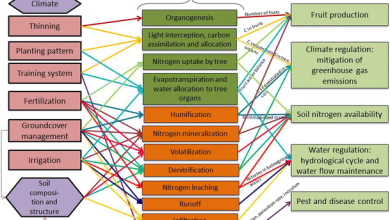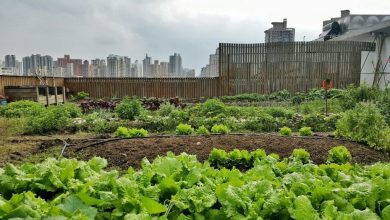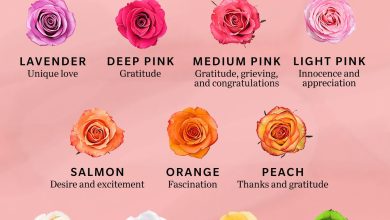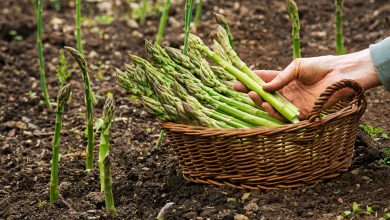Why is my Tomato Plant not producing Fruit? [Causes and Solutions]
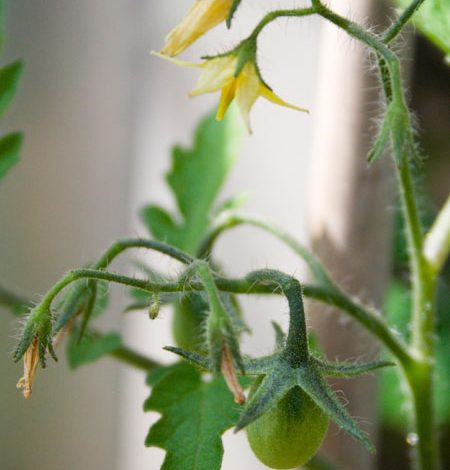
Do you see many flowers on your tomato plants but few tomatoes?
From lack of pollination to extreme heat, there are a few reasons why this happens, but most can be fixed as well.
In our comprehensive article on tomato planting, we cover many topics. However, sometimes, one can do almost everything well and still the tomato plants are not responding as they should.
That could be happening?
Take a look at our article to learn how to get more tomatoes and reap the fruits of your labor.
Lack of pollination in tomato plants
While other fruiting vegetables, such as squash, produce separate male and female flowers, tomatoes have flowers with both male and female parts.
This means that they are self-fertile and can pollinate themselves.
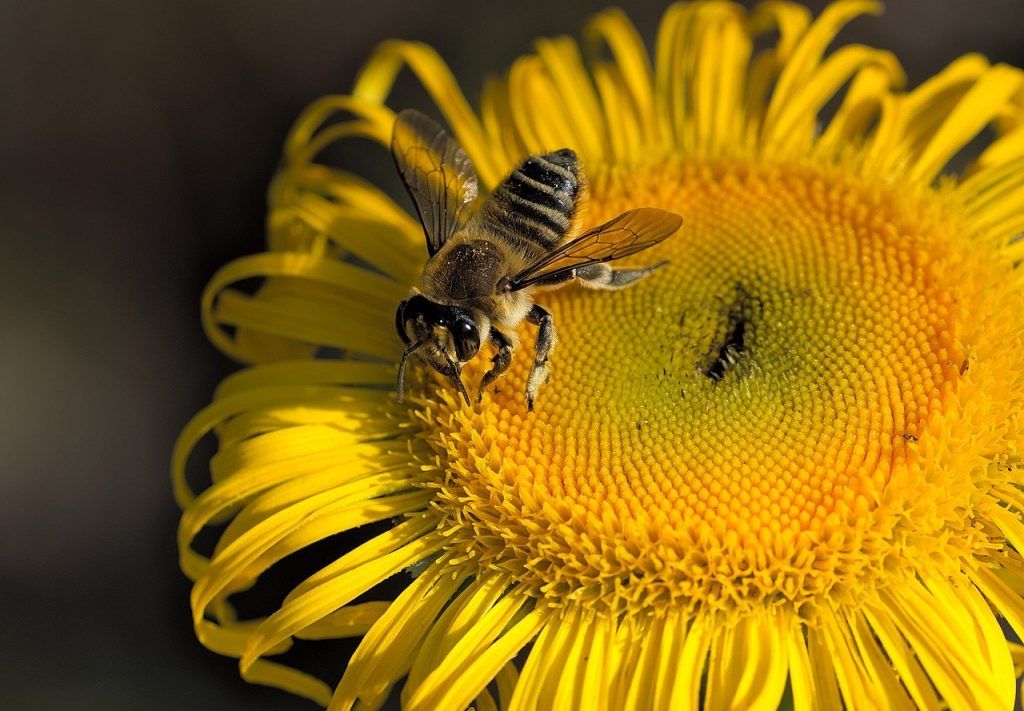
But even if technically so, fruiting will be much better if pollinating insects come into play, especially bees and bumblebees.
Bees “buzz-pollinate”: Their wings rise and fall at a frequency that creates their famous low, audible buzz, and it is this buzz that produces a vibration, so that when they visit a flower, pollen is released from the lower part of the flower. masculine to drift towards the expected feminine stigma.
We want more bees, so make sure they can get to the flowers.
Tip: If you grow indoors, open greenhouse or tunnel vents, windows and doors. And encourage more pollinators by planting nectar-rich flowers among your tomatoes.
You can also improve fruit set by pollinating by hand.
You could go from flower to flower with a small artist’s brush, and that would work, but a much more practical solution to dislodging pollen and fertilizing the female parts of the flower is to simply vibrate or tap on plant supports.
By vibrating the flowers, you are mimicking the actions of a bee to greatly improve pollination success.
too hot
Many gardeners and horticulturists struggle with the extreme heat of summer. Our tomatoes too. Remember that the tomato is a tropical fruit, originally from Central America and South America.
When it gets too hot, the pollen becomes sterile, especially if night temperatures don’t drop below 25ºC.

The only thing you can do is wait for the temperatures to drop again.
If your plants are sheltered, help them stay cool by leaving windows, doors, and vents wide open and perhaps adding shades, shade cloth, or greenhouse paint to filter out some of the sunlight.
Be sure to also grow varieties suited to your climate.
If where you grow is especially hot, look for a warm-weather tomato variety that can better withstand the sweltering summer.
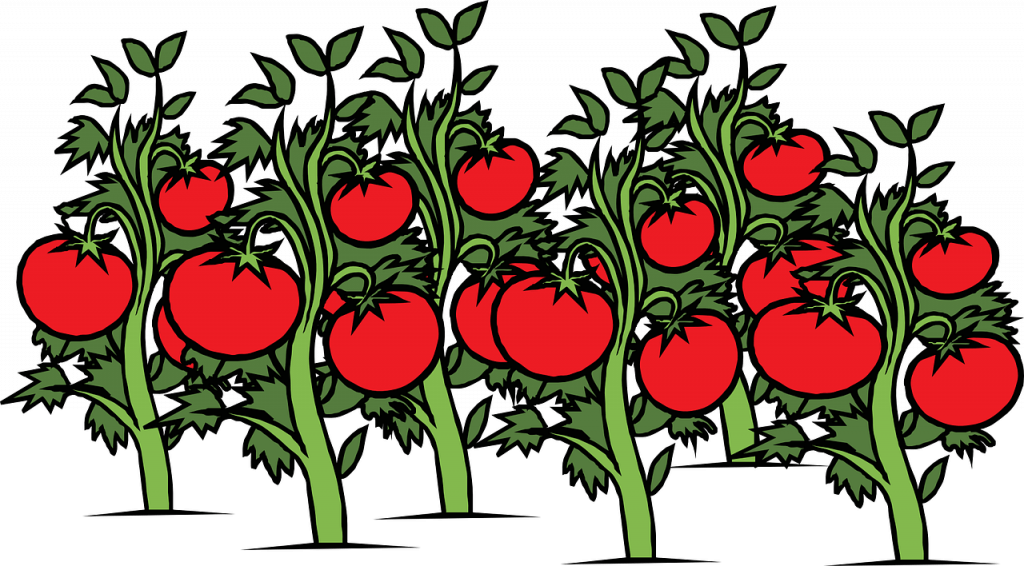
Humidity too high or too low
As if getting the right temperature wasn’t enough, sometimes there can be too much humidity for our tomato plants… or dryness!
Those close, uncomfortable conditions that accompany high humidity can make pollen sticky so it clumps together and doesn’t land on the female stigma.
Very dry conditions have the opposite effect: the flowers are not moist enough for the pollen to stick properly, so it just falls off.
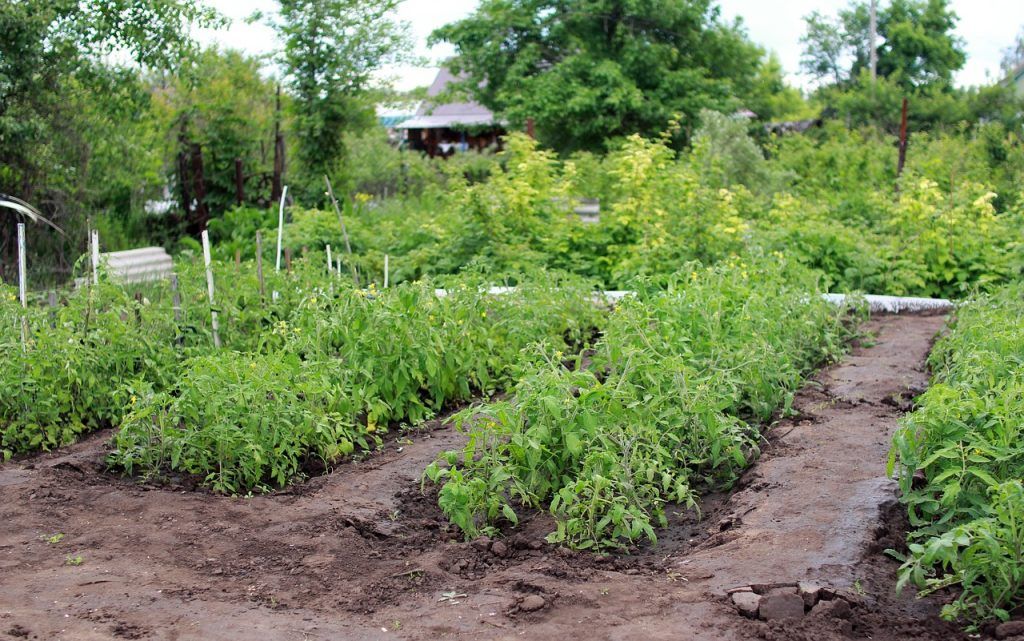
There is not much that can be done against high humidity levels other than to ensure proper ventilation and plenty of space between plants to aid air circulation.
Tip: Pruning off some of the lower leaves can also help air circulate better.
However, if dryness of the air is the problem, make sure to keep the plants well watered and the humidity around them should remain more stable as excess moisture evaporates.
Ensuring a sufficient amount of water will also provide the plants with the necessary resources for their fruits to swell fully, while reducing the risk of them simply falling off.
If you grow indoors, sprinkling water on the pavement – known as «wetting» – will also help increase humidity.
Tomato plants do not get enough light
If your tomato plants have lots of foliage but few flowers, you need to consider light levels.
Tomatoes love sunny spots and will only thrive if they get a minimum of six hours of direct sun a day.
Time without light can be a problem, but only temporarily. If you have planted them in a not very sunny position, it is best to move your plants to a sunnier spot, because more sunlight means more energy for those fruits to grow.
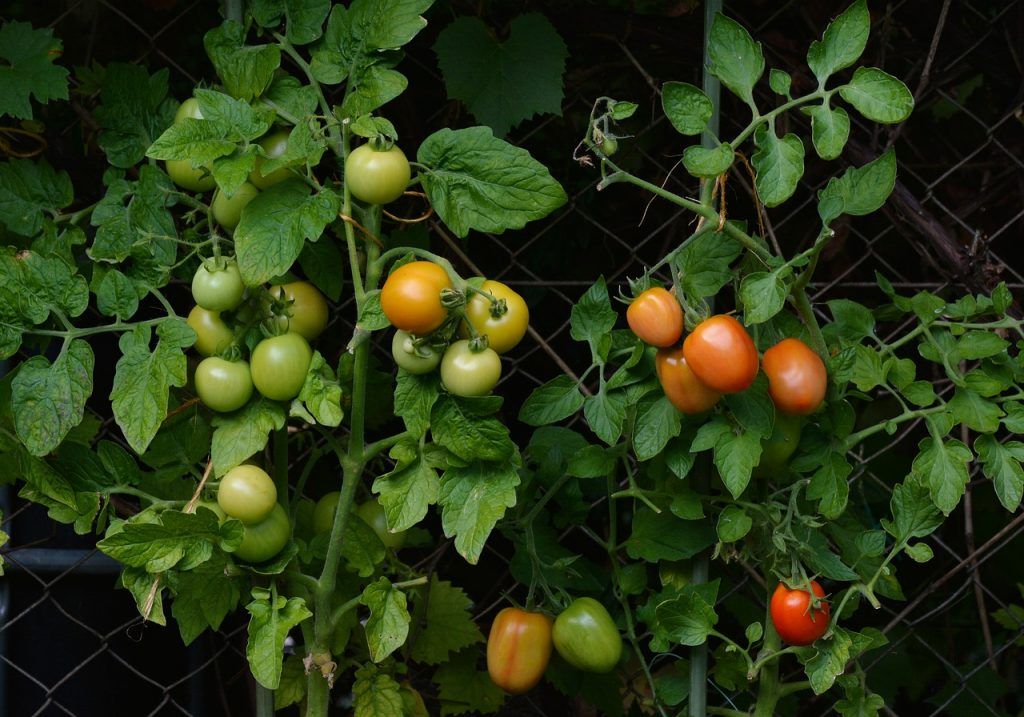
You have not prepared the land correctly
Lastly, review the feeding of your tomatoes. Once the first flowers appear, you should apply some type of organic fertilizer that has a good level of potassium and trace elements such as magnesium.
This will help promote exactly what we are looking for: more flowers and better fruit set.
Use a product such as liquid tomato feed or algae concentrate. This will help promote healthier plants, reduce the risk of blossom rot and increase the final nutritional value of the fruits.
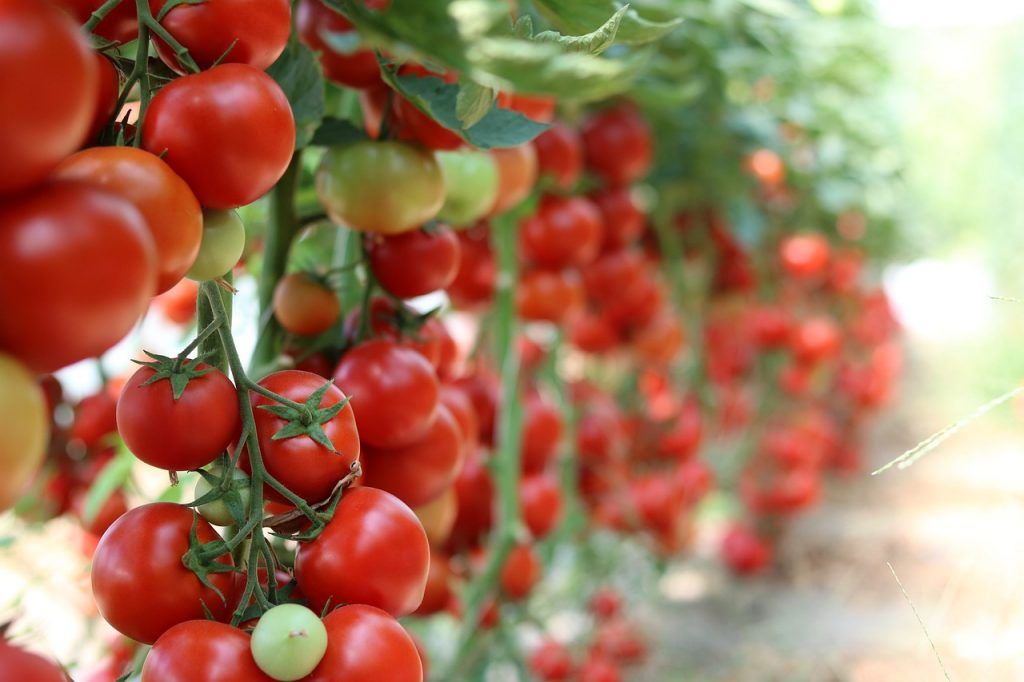
Most fertilizers are applied approximately once every two weeks, measuring and diluting the concentrate according to the instructions on the container, and then watering it at the base of the plants.
And do not forget to ensure exemplary soil health, incorporating at least once a year plenty of well-decomposed organic matter.
This will create a thriving community of soil life, which in turn will help support all of your plants, including those precious tomatoes.
Maybe you are also interested in:
- At what distance should tomatoes be planted?
- How often and how to water my tomatoes?
- How often and how to water my tomatoes?
- [10 Fantastic Properties] of the Tomato: Did you know them?
- How to Fertilize Tomatoes: [Utility, Date, Products and Homemade Ways]
- How to Stake Tomatoes: [Utility, Installation and Procedure]
- How to Save Tomato Seeds: [Procedure and Duration]
- Tomato Blooms
- List of the Main Tomato Pests and Diseases
- Tomato Plantation Setting: [Distance, Density, Land and Season]
- Prune Tomatoes: [When To Do It, Tools, Forms and Utility]
- Types of Tomatoes and the Most Cultivated Varieties: Complete Guide [breadcrumb]
- Kumato Tomato: [Planting, Care, Irrigation, Substrate and Pests]
- Transplanting Tomatoes: [How To Do It Step by Step]

